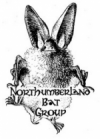The Northumberland Nathusius’ Pipistrelle Project and MOTUS
Some of you may have been wondering what is happening with the Northumberland Nathusius’ Pipistrelle Project so here is a quick update.
Following problems in 2022 and 2023 with Natural England either issuing the national project licence (which is needed to carry out catching surveys, radio tracking etc) late or (in 2023) not at all, BCT took a decision to not continue with the national project in 2024.
Here in Northumberland, because of those recent problems in obtaining a national project licence to carry out trapping, we took a decision to not apply for a local project licence in 2024 (though this doesn’t necessarily mean we won’t do so in future years!) and to concentrate our efforts in another direction, of which more below.
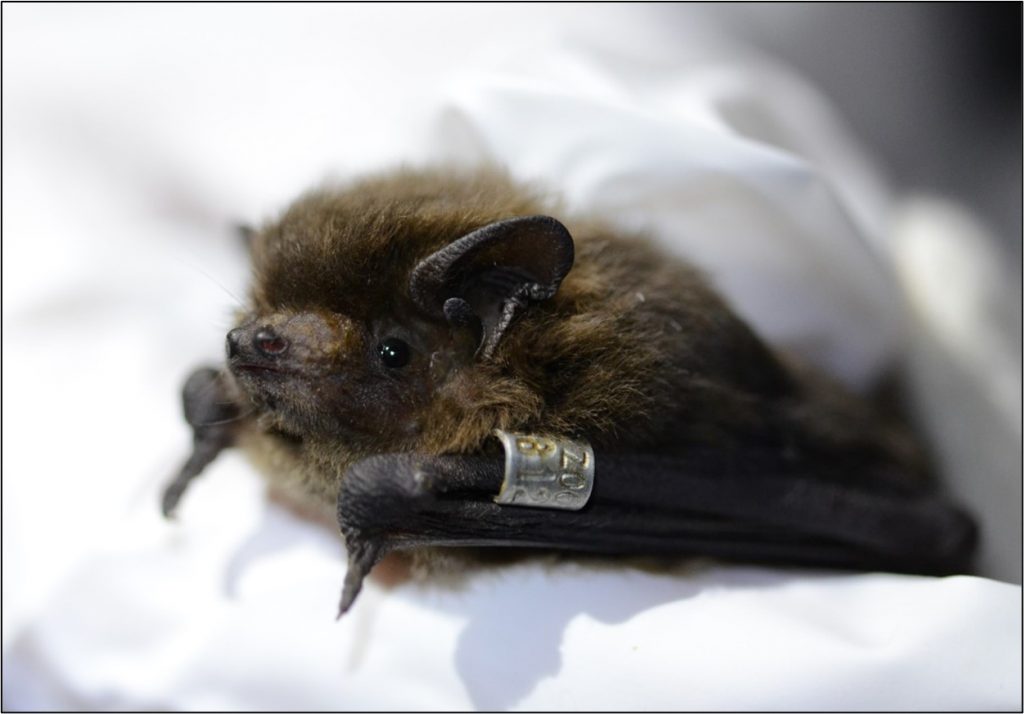
But first, a quick recap of what we found out in recent years, which informs why we are moving in the direction we are working on now.
Over recent years:
- We demonstrated that Nathusius’ pipistrelle bats can be present in Northumberland in all months between April and October
- We found mating roosts used by males in autumn.
- We found a mixed maternity roost used by Nathusius’ pipistrelle and Soprano pipistrelle bats in summer.
- We found a maternity roost used only by Nathusius’ pipistrelle bats and confirmed young were born there (in 2016)
- We demonstrated that Nathusius’ pipistrelle migrate between Northumberland and continental Europe (a bat we ringed in Northumberland was found alive and well in Poland)
We also know (from work by others) that Nathusius’ pipistrelle can be present in the county throughout the winter.
So we know that Nathusius’ pipistrelle bats are present and breed in Northumberland and (at least some) migrate to continental Europe, but we don’t know how significant the migration element of their life cycle is to the Nathusius’ pipistrelles found in Northumberland. (There is one theory that Nathusius’ pipistrelles migrate to the UK in autumn to overwinter and that maternity roosts may only occur here when weather conditions aren’t conducive to making the return journey in the next Spring).
Which brings us to what we are currently trying to do.
As we feel that finding out more about Nathusius’ pipistrelle migration is important, we have been working on trying to set up a MOTUS tracking station on the Northumberland Coast.
MOTUS tracking stations are a passive means of monitoring for bats (and other wildlife) that have been fitted with MOTUS radio tags. The MOTUS station is a fixed station that is “listening” for tag signals 24hrs a day and can automatically upload any detections to a publicly accessible web portal. Because MOTUS tags can be set to emit a pulse less frequently than a conventional radio tag, battery life is greatly extended, and tags can remain active for many weeks.
There is a worldwide network of MOTUS Stations with some already established in the UK (See the zoomable map of station locations on the landing page at https://motus.org/ ).
Large numbers of Nathusius’ pipistrelle bat are fitted with MOTUS tags in Europe, mainly during annual migration in autumn (e.g. see these existing MOTUS Projects at https://motus.org/data/project?id=113 and https://motus.org/data/project?id=415 and https://motus.org/data/project?id=648 and https://motus.org/data/project?id=311 ).
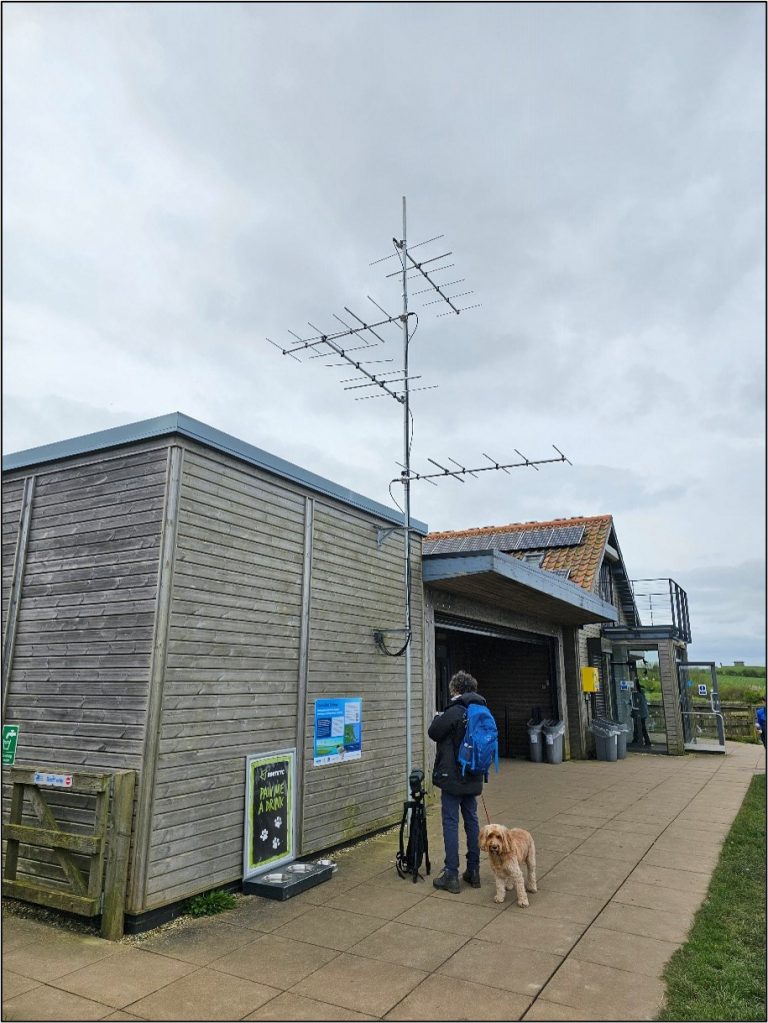
Our hope is that our station may pick up some of these bats (if they do migrate here!). In future years, we may progress to fitting MOTUS tags to Nathusius’ pipistrelles caught in Northumberland in spring and see if they are detected up by other tracking stations in Europe (or elsewhere in the UK).
There is already a project fitting MOTUS tags to Nathusius’ pipistrelle caught in Norfolk (See https://motus.org/data/project?id=554)
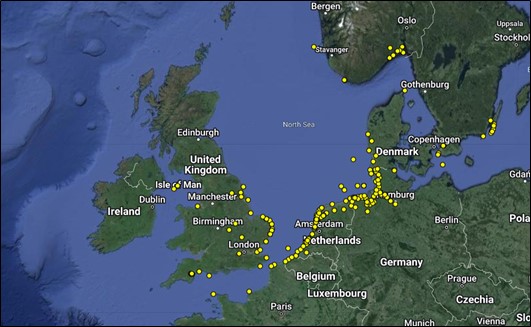
That work (by Jane Harris of Norfolk and Norwich Bat Group and Sander Lagerveld of Wageningen University and Research) has already demonstrated (and this is only one example!) that a Nathusius’ pipistrelle caught and tagged in Norfolk crossed the North Sea to Belgium and on to Germany. The screenshot below shows where the tagged bat was detected but much more information is available at https://motus.org/data/track?tagDeploymentId=31901. Again the map on the website is zoomable and clicking on the dots and lines will give more information about when and for how long this bat was detected at each station, etc.
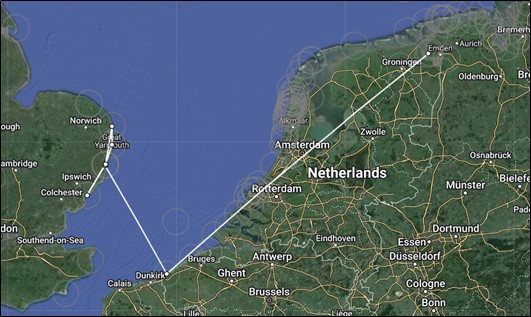
We also hope that doing so will help encourage others to add more stations in the area, extending the worldwide network further north in the UK, and that it will help and promote conservation research for other species and taxa (MOTUS tags can be, and are, fitted to a variety of species – see https://motus.org/data/species – and our station would detect any other tagged species coming into range of it, not just bats).
We have the funding in place to purchase the equipment for the station, and a suitable site where the owner is willing to host it. There are still a few pieces of the jigsaw to put in place (including planning permission for the mast and aerials) but we are confident that we can get a station up and running soon, which is why we feel this is the right time to give you this update. We will update you on further progress as and when we can.
If you are interested in finding out more about the MOTUS wildlife tracking project (in general, or about bats in particular) the MOTUS website (See https://motus.org/explore/ ) has a wealth of information.
Share this post!
